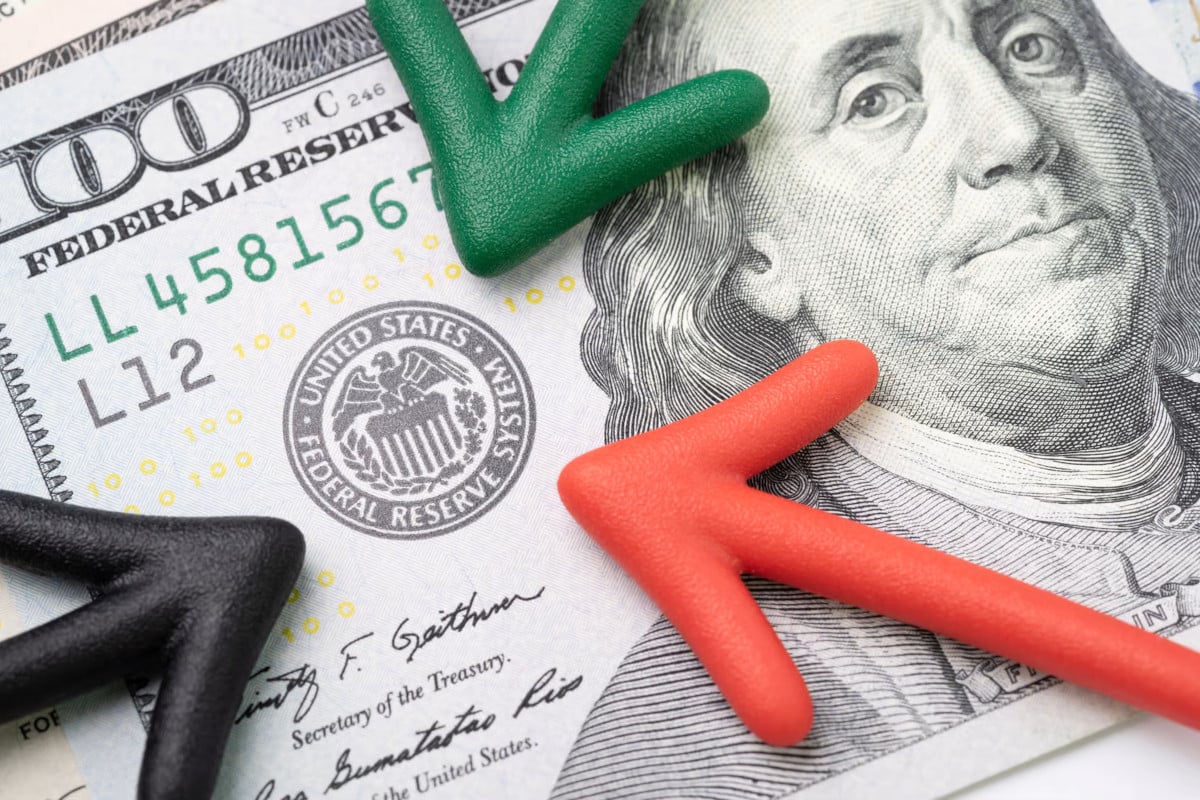Following the Fed's 50 basis point rate cut and the subsequent press conference by Fed Chair Jerome Powell, economists and analysts had mixed reactions to the move.
Brad Bechtel, Jefferies’ global head of foreign exchange, said the Fed’s decision came as a surprise to much of the market. “Expectations were split about 50/50 ahead of the decision,” Bechtel said. “The Fed is trying to head off a recession, but the market response has been lukewarm so far. Much of that reaction was already priced in.”
Powell's comments at the press conference reinforced the perception that he personally favors a larger rate cut. “We've made a good, strong start on rate cuts. I'm very happy that we've done that,” Powell said, a statement that was interpreted by some analysts as confirmation that Powell was pushing for a 50 basis point cut in hopes of gaining broader committee support.
A key factor in Powell's decision-making process appeared to be the Beige Book report, which painted a pessimistic picture of the U.S. economy. Analysts noted that Powell has historically relied on the Beige Book for economic guidance, and that it likely played a significant role in the Fed's decision to adopt a more dovish stance.
The “New Bond King” Jeffrey Gundlach expressed caution, saying that while the bond market does not support aggressive easing policies, the Fed may have room for further cuts. Gundlach suggested that another 50 basis point cut could be possible in November after the US elections, given current economic data and Powell's statements that the economy is not under significant pressure.
On the political front, US Senator Elizabeth Warren, who has often criticized Powell's approach to monetary policy, voiced her displeasure. “Powell was too late to lower interest rates,” Warren said. “While this rate cut provides some relief, more reductions are needed to support consumers and homeowners.”
*This is not investment advice.









